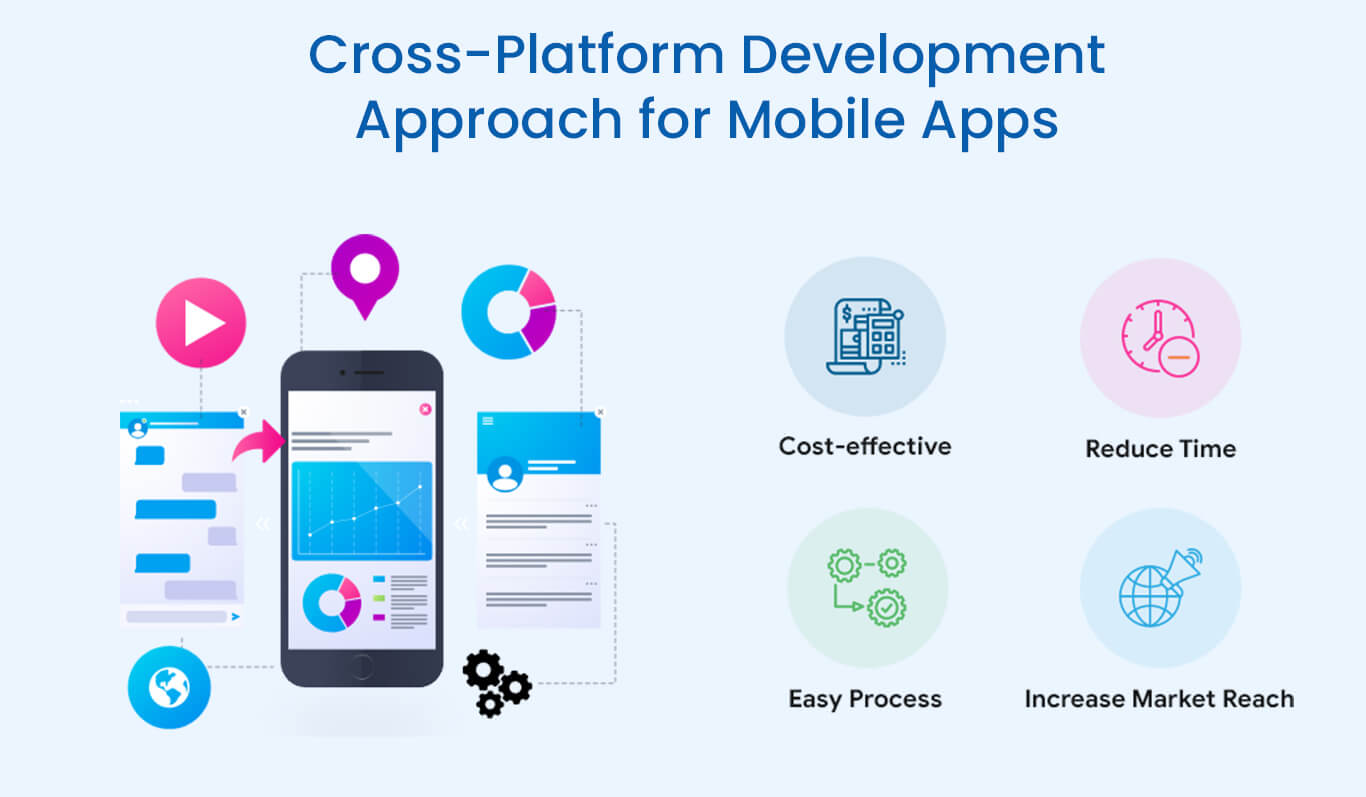Introduction
In recent years, the financial sector has experienced a significant transformation with the widespread adoption of banking and finance apps. These innovative applications have revolutionized the way individuals and businesses manage their finances, making traditional brick-and-mortar banking seem obsolete. In this article, we will explore the rapid growth of banking and finance apps, their benefits, challenges, and their impact on the financial landscape.
I. The Emergence of Banking and Finance Apps
The emergence of banking and finance apps can be traced back to the early 2000s when smartphones began to gain popularity. As mobile technology advanced, financial institutions recognized the potential of reaching customers through digital channels. Initially, mobile banking apps allowed customers to check account balances and view transaction histories. However, technological advancements and increased internet penetration opened up new possibilities, leading to the development of feature-rich finance apps.
These apps offer a wide range of services, including mobile banking, personal finance management, digital wallets, investment platforms, and more. Users can now conduct various financial activities from the comfort of their smartphones, making it convenient and accessible for people of all demographics.
II. Advantages of Banking and Finance Apps
A. Convenience and Accessibility
One of the primary reasons for the soaring popularity of banking and finance apps is their convenience and accessibility. Gone are the days when individuals had to visit physical bank branches to perform simple transactions. With a finance app, users can transfer funds, pay bills, deposit checks, and manage investments with just a few taps on their screens. This anytime, anywhere accessibility has transformed the banking experience, saving time and effort for customers.
B. Enhanced Security Measures
As financial transactions involve sensitive information, security is a top concern for users. Banking and finance apps have invested heavily in advanced security measures, such as biometric authentication (fingerprint, facial recognition), two-factor authentication, and encryption technologies. These security features not only protect users’ financial data but also boost trust in using digital banking services.
C. Personal Finance Management
Many finance apps now offer personal finance management tools that empower users to gain better control over their spending and savings habits. Users can categorize expenses, set budgets, and receive real-time insights into their financial health. Such features foster financial literacy and responsible money management.
D. Seamless Integration with Third-Party Apps
The rise of open banking has facilitated seamless integration between banking and finance apps and third-party applications. Users can link their financial data with budgeting apps, expense trackers, and investment platforms, resulting in a holistic view of their financial situation. This interoperability enhances the overall user experience and supports better decision-making.
III. The Impact on Traditional Banking
A. Shifting Customer Behavior
The proliferation of banking and finance apps has led to a notable shift in customer behavior. Today’s tech-savvy customers expect a seamless digital experience from their financial institutions. As a result, traditional banks are under increasing pressure to invest in their digital infrastructure and offer user-friendly mobile apps to retain and attract customers.
B. Branch Transformation
With the rise of digital banking, the role of physical bank branches is evolving. While some traditional banking services remain important, the demand for in-person transactions has significantly decreased. As a result, many banks are redesigning their branches to focus on personalized advice and complex financial services, catering to customers with more specialized needs.
C. Competition from Fintech Startups
Traditional banks face stiff competition from fintech startups that are agile and innovative in offering cutting-edge banking and finance apps. These startups often identify specific pain points and create targeted solutions, attracting younger customers who seek modern financial services. To remain competitive, established banks are exploring collaborations with fintech companies or developing their fintech divisions.
IV. Challenges and Concerns
A. Security and Data Privacy
While finance apps have implemented robust security measures, concerns regarding data privacy and cyber threats persist. A single security breach can erode customer trust and severely damage a financial institution’s reputation. As technology continues to evolve, developers and financial institutions must remain vigilant in updating and enhancing their security protocols.
B. Inclusivity and Accessibility
Although banking and finance apps have expanded financial access for many, there are still segments of the population that face barriers to entry, such as the elderly, those in rural areas with limited internet access, and individuals with disabilities. Addressing these challenges requires thoughtful design and inclusivity measures to ensure that financial services are accessible to all.
C. Regulatory Compliance
The financial industry is highly regulated to safeguard consumer interests and maintain stability. As banking and finance apps innovate and introduce new services, adhering to strict regulatory frameworks becomes more complex. Compliance with anti-money laundering (AML), know-your-customer (KYC), and data protection regulations is crucial to avoid legal repercussions.
V. Future Trends and Innovations
A. Integration of AI and Machine Learning
The integration of artificial intelligence (AI) and machine learning algorithms is a promising future trend for banking and finance apps. AI can enhance customer service with chatbots, personalize financial advice, and identify fraudulent activities in real-time, providing a more personalized and secure user experience.
B. Decentralized Finance (DeFi)
Decentralized finance (DeFi) is another revolutionary trend that is gaining traction. Built on blockchain technology, DeFi platforms offer a wide range of financial services without the need for intermediaries. As DeFi matures, it has the potential to disrupt traditional banking models and democratize access to financial services globally.
C. Digital Currencies and Central Bank Digital Currencies (CBDCs)
The rise of cryptocurrencies and central bank digital currencies (CBDCs) is reshaping the way we perceive money. Finance apps are expected to integrate digital currencies, allowing users to transact and store digital assets alongside traditional fiat currencies.
Conclusion
Banking and finance apps have emerged as a transformative force in the financial industry, fundamentally changing how individuals and businesses manage their finances. The convenience, accessibility, and enhanced security offered by these apps have led to a shift in customer behavior and increased competition among financial institutions. However, challenges related to security, inclusivity, and regulatory compliance must be addressed to ensure sustained growth and customer trust. Looking ahead, the integration of AI, DeFi, and digital currencies will continue to shape the

